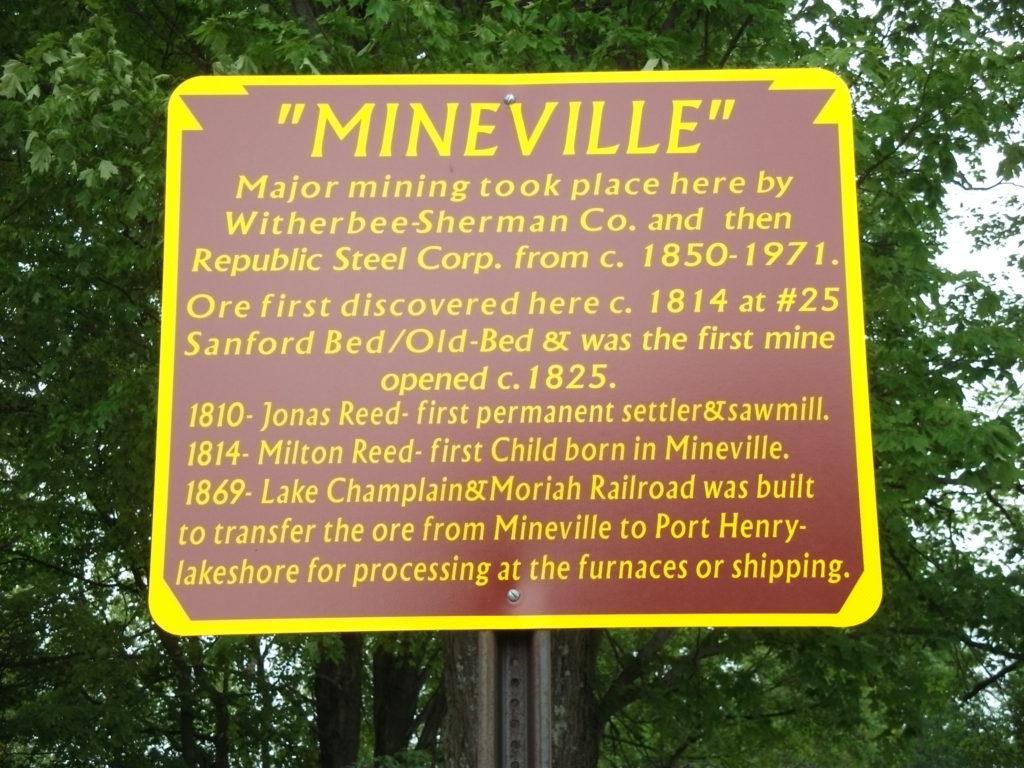
An abandoned, centuries-old iron mine in the Adirondacks about 100 miles north of Albany, New York may become the site of a new hydroelectric energy storage system. The mine in the tiny hamlet of Mineville near Moriah, New York contributed iron for the first naval battle of the Revolutionary War that took place on Lake Champlain. The mine hasn’t been used in over 45 years.
Over the years, the mine shafts have flooded with millions of gallons of groundwater. The plan proposed by Albany Engineering Corporation is to drain about half of the water from the shafts and pump the remainder into an upper chamber. The water would then be released into a lower chamber, powering turbines and generating electricity. By reversing the turbines, the water could be pumped back up to the upper chamber to repeat the process.
This technique is a way to store energy that can be released strategically when power is needed. Pumped storage is still the largest form of energy storage in the world. Usually it makes use of reservoirs or lakes at differing elevations. The Blenheim-Gilboa Pumped Storage Project in the Catskills is one example.
The proposed Mineville Pumped Storage Project could breathe new life into a depressed former mining town, generating hundreds of construction jobs and many permanent jobs. The project would take 3 years to complete and still requires federal approvals.
New York has the goal of getting 50% of its electricity from renewable sources by the year 2030. Being able to store excess generation from sources like solar and wind power to be used when needed is an important element in meeting that goal. The Mineville Storage Project could fit that bill very well.
**********
Web Links
Hydroelectric engineers find potential in centuries-old mine
Photo, posted June 5, 2011, courtesy of Doug Kerr via Flickr.
‘Storing Energy in an Old Mine’ from Earth Wise is a production of WAMC Northeast Public Radio.